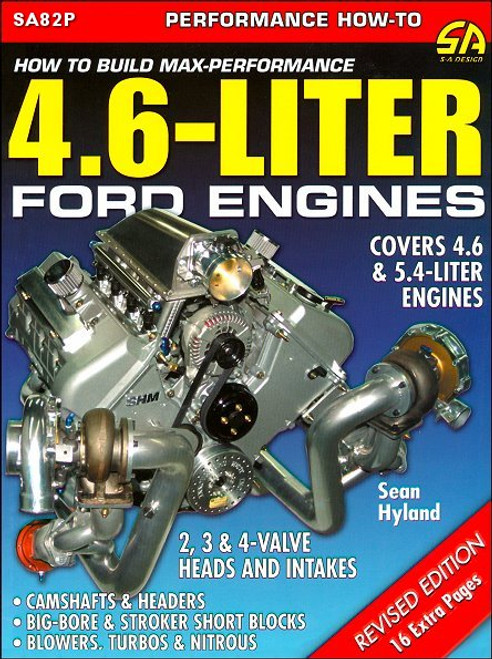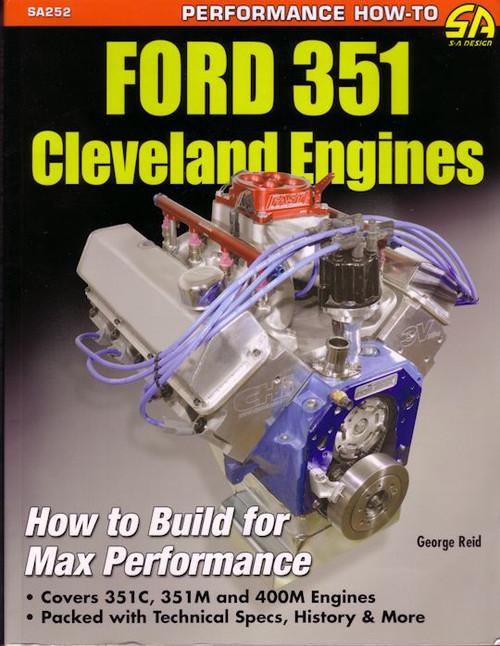For the person whose automotive hobby extends far beyond merely getting behind the wheel, and also covers getting under the hood and beneath the chassis, the CarTech publication How to Build Max-Performance HEMI Engines is available at The Motor Bookstore.
The 144-page volume comes with plenty of illustrations and photos so you can get tips on how to build 392 nitro engine, how to build a 354 HEMI to 392, Geneneration 2 Chrysler motor performance rebuilding, engine blocks, the rotating assembly, the induction and ignition systems and more. Chrysler helped to initiate the horsepower wars when it introduced the first V-8 HEMI engine in the early 1950s. Its legacy still resonates today, and this how-to book can bring you into the fold. Order it from The Motor Bookstore and get it with free shipping to the 48 contiguous United States.
NOTE: This book does contain a chapter section dedicated to the 2008 HEMI Block Part Numbers; however, its focus and coverage does not cover Gen 3 HEMIs.
This how-to book is about getting the most out of your second-generation HEMI engine.
In this photo-packed guide, author Richard Nedbal compares street vs. race, old HEMI vs. new HEMI, iron blocks vs. aluminum blocks, and more.
Other areas addressed include:
- The reciprocating assembly
- Head machining and preparation
- Rocker arm systems
- Valves, springs and seats
- Porting
- Camshafts
- EFI and aftermarket ignitions
- And much, much more!
How to Build Max-Performance HEMI Engines is the book you'll want at your fingertips when you're ready to extract the most horsepower out of your HEMI engine.
Subject: Transportation: Engine Performance: HEMI Engines: How to build a high-performance HEMI motor. ISBN-10: 1613250746 | ISBN-13: 9781613250747 | CarTech SA164P
First-Generation Hemis 1951-1958 | The Chrysler 331 and 354 | The 392 | The End of Early Hemis ENGINE BLOCKS
The Second-Generation 426 Hemi | 2008 Mopar Hemi Block Part Numbers | Block Improvements | Aluminum Blocks | Special Blocks THE ROTATING ASSEMBLY
Cast Crankshafts | Forged OEM Crankshafts | Aftermarket Crankshafts | Crankshaft Stroke | Compression Height | Special Finish Work | Recommendations | Crankshaft Journal Size | Magnafluxing | Balancing | Connecting Rods | Aluminum vs. Steel Rods | Pin Size | Pistons BEARINGS
Coatings | Main Bearings | Rod Bearings | Bearing Technical Information HEADS
Valve Arrangement | Typical Flow Numbers | Iron or Aluminum Heads? | Port Height and Location | Intake and Exhaust Bolt Patterns | Rocker Arm Considerations | Racing Considerations | Head Components | Springs | Head Preparation Sequence VALVETRAIN
The Camshaft | Terminology and the Cam Card | Degreeing a Camshaft | Types of Cams | Special Camshaft Considerations | The Cam Drive | Pushrods | The Rocker System | Indy Cylinder Heads | Rocker Arms LUBRICATION SYSTEM
Chrysler Hemi Oiling System | Some Technical Comments | Modifications and Improvements to the Oiling System | Block Modifications INDUCTION SYSTEM
Some Induction Basics | Types of Manifolds and Recommendations | Forced Induction | Carburetors | Fuel Types | Fuel Injection | Electronic Fuel Injection (EFI) IGNITION SYSTEM
Intermediate Shaft and Bushing | Set the TDC Mark | Hemi Ignition Basics | RPM-Based Mechanical Advance | Load-Based Advance | Rotor Phasing | Effects of Timing on Power | Types of Ignition | Magnetos | Coils | Types of Distributors | Modifying Distributors | Spark Plug Tubes, Wires and Spark Plugs COOLING and EXHAUST SYSTEMS
The Cooling System | The Exhaust System POWER ADDERS
Nitrous Oxide | Turbocharging | Power Adder Summary MACHINING and ASSEMBLY
The Blueprinting Sheet | Choosing the Parts | Engine Machining | Machining the Rotating Assembly | Machining the Block | Head Machining and Head Assembly | Engine Assembly ENGINE COMBINATIONS
Crate Hemi | Stock Street Hemi with Quiet Valvetrain | Normally Aspirated Hot Street Stroker Hemi | Normally Aspirated Hot Street Stroker Hemi with EFI | Supercharged Street Hemi | Race Hemi for Bracket Racing | Race Hemi for Top Sportsman Racing | Outlaw Race Hemi | Engine Combination Summary ON THE DYNO










